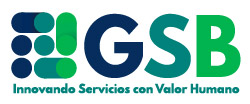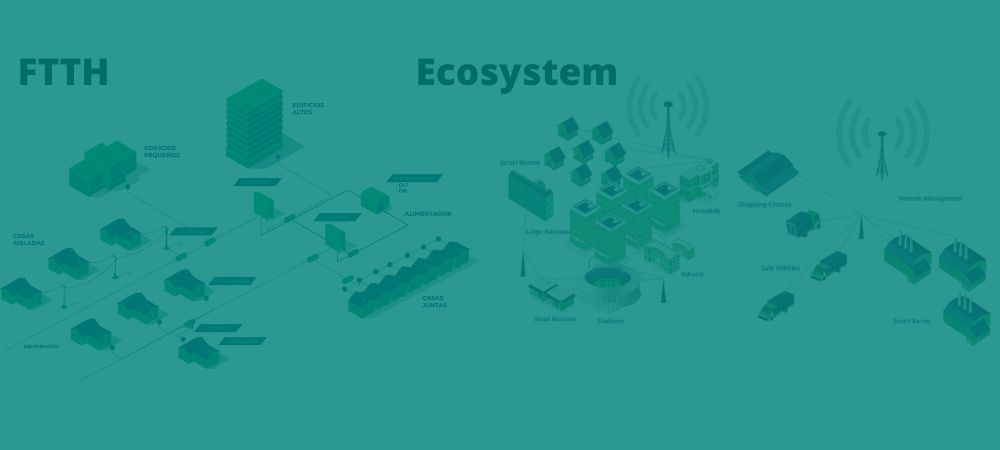Today, Satya shared Microsoft’s broad approach as we shift to hybrid work and we have adopted that approach when talking to our customers in the field.
Almost every day, my team sits down with organizational leaders and associates around the world who are working hard to prepare their people for the near future of work. Naturally, at these meetings, we are often asked: What is Microsoft doing? And the first thing I tell them is: Like you, we are learning as we go: examining the data, listening to our employees and responding with agility to what works and what doesn’t work. A growth mindset is the key to charting a path forward in any time of uncertainty.
There is no doubt that this shift to a more flexible approach to work will be an important initiative for all leaders and all organizations. That is undoubtedly true for us when we created a plan to implement a hybrid work model for our more than 160,000 employees worldwide. We know that no one person or organization will have the answers, but we believe that, as part of a growth mindset, each of us will be better off if we share with each other what we are learning.
Two new resources to make your way through the transition to hybrid work
That’s why we recently released two resources detailing what we’re learning as we adopt a hybrid work model at Microsoft, in the hope that we can help you create a hybrid work plan that best suits your organization. In essence, these resources reflect our belief that leaders will need to come together to create a new flexible operating model (including people, places and processes) to fundamentally renew the organization for hybrid work.
The first resource I want to show you is our Hybrid Workplace Flexibility Guide, which we originally created for Microsoft employees. In it, you will find examples of team agreements, templates and tools for hybrid work. There are also detailed plans ranging from strategies to keep people healthy to accurate development plans to help them allocate staff time between a physical or remote workplace. And much more to come.
The second is called Hybrid Work: A Guide for Business Leaders and brings together much of what we have learned about how to reinvent people, places and processes for a hybrid world. This is a quick summary of the highlighted contents:
People
To help people thrive in a more flexible work world, we need to rethink the entire employee experience: from creating a philosophy to attracting and retaining talent, as well as creating listening systems. Every organization needs a plan and directives that put us on the path to extreme flexibility and help us create digital empathy in all aspects of our philosophy. At Microsoft, we provide employees with a clear flexible work policy: any employee can work remotely up to 50 percent of the time. We also create privacy-aware listening systems to capture digital signals with tools that include Workplace Analytics, part of Viva Insightswhich enables managers and leaders to ensure the well-being of their teams and organizations by making it easy for them to “hire talent from anywhere” and create their own team norms.
Places
Our approach for locations is to bridge the gap between physical and digital, and evolve with the needs of employees. It starts with prioritizing employee safety. For example, we are analyzing data from various entries in public and private sources in a Microsoft Power BI dashboard to determine how many people are allowed on the job site and when. And we use a simple application integrated with Power Apps to help employees self-certify their health and wellness when they come into the office.
And when it comes to meeting spaces, we’re turning our prepandemic design philosophy on its head and designing for the people who aren ‘t in the room. By combining new design patterns with Microsoft Teams room innovations Room innovations, we give everyone a place at the table so they can participate fully, no matter where they are. https://www.microsoft.com/en-us/videoplayer/embed/RWEB5U
Processes
The transition to hybrid work provides business leaders with a rare opportunity to transform their core business processes in bold new ways. If you’re thinking of the next few months as a “simple return to the office,” you’re losing sight of the big picture. Instead, take time to identify and prioritize digital transformation processes that leverage and scale what you’ve learned in the last year. If you don’t do it, the competition will. The winners of the future are being decided today.
At Microsoft, we seized the opportunity to reinvent our core business processes, from operations to sales. For example, we are transforming our internal sales team. To do this, we use Microsoft Power Platform (Power Automate, Power BI and Power Apps) to automate processes from order to collection, and invest in a centralized global Demand Center to increase lead generation and customer engagement through automated digital marketing.
In the guide comes much more about what we are learning and what we are changing. I recommend downloading it to get all the details.
What I like most about the growth mindset is that it motivates us to be open to the best ideas, no matter where they come from. I am pleased to share these two resources with you and hope you find them useful. But I would be much happier to hear what you are learning in your own processes. Together, we have the opportunity to create a new world of work that is better for everyone.




